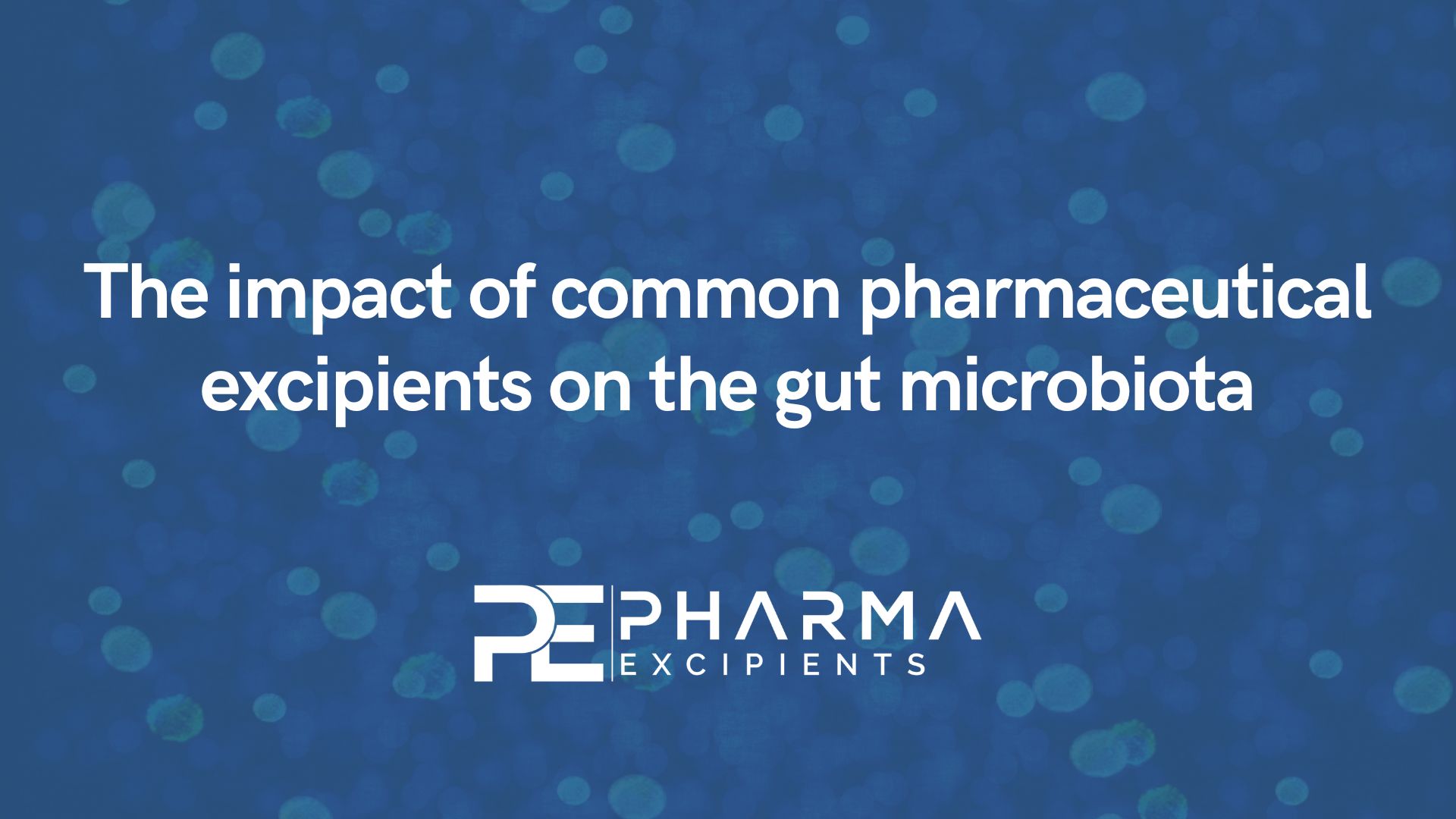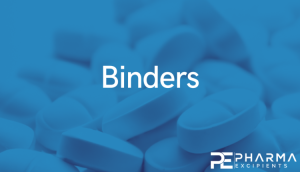The impact of common pharmaceutical excipients on the gut microbiota

ABSTRACT
Introduction
Increasing attention is being afforded to understanding the bidirectional relationships that exist between oral medications and the gut microbiota, in an attempt to optimize pharmacokinetic performance and mitigate unwanted side effects. While a wealth of research has investigated the direct impact of active pharmaceutical ingredients (APIs) on the gut microbiota, the interactions between inactive pharmaceutical ingredients (i.e. excipients) and the gut microbiota are commonly overlooked, despite excipients typically representing over 90% of the final dosage form.
Areas covered
Known excipient-gut microbiota interactions for various classes of inactive pharmaceutical ingredients, including solubilizing agents, binders, fillers, sweeteners, and color additives, are reviewed in detail.
Highlights
Pharmaceutical excipients interact with the gut microbiota, altering their pharmacokinetic performance and triggering metabolic side effects.
Emulsifiers and surfactants, such as Polysorbate/Tween 80 and carboxymethylcellulose (CMC), induce gut microbiota dysbiosis through a reduction in microbial diversity, leading to gastrointestinal inflammation.
Most polysaccharide-based excipients (e.g. starches, gums, alginate) serve as a fermentable energy source for gut microbes, increasing microbiota diversity and abundance.
Clear gaps in knowledge exist with respects to 1) the impact that several commonly used excipients (e.g. synthetic polymers like PEGs, Pluronics) have on the gut microbiota, and 2) the holistic pharmacomicrobiomic interactions of final dosage forms.
Expert opinion
Clear evidence indicates that orally administered pharmaceutical excipients directly interact with gut microbes and can either positively or negatively impact gut microbiota diversity and composition. However, these relationships and mechanisms are commonly overlooked during drug formulation, despite the potential for excipient-microbiota interactions to alter drug pharmacokinetics and interfere with host metabolic health. The insights derived from this review will inform pharmaceutical scientists with the necessary design considerations for mitigating potential adverse pharmacomicrobiomic interactions when formulating oral dosage forms, ultimately providing clear avenues for improving therapeutic safety and efficacy.
Read more here


